
The Food52 Vegan Cookbook is here! With this book from Gena Hamshaw, anyone can learn how to eat more plants (and along the way, how to cook with and love cashew cheese, tofu, and nutritional yeast).
Order nowPopular on Food52
36 Comments
greenakina
July 17, 2019
There are different types of plant milks:
- Nut based (almond, cashew, walnuts etc)
- Seed based (hemp, flax, sesame etc)
- Grain based (oat, rice, quinoa etc)
- Vegetable based (tigernut tubers, soy)
Those allergic to nuts can make the other 3, but I think the closest to dairy considering texture and taste is hemp and tigernut, not to mention the nutrients you will get from them. Tigernut has digestive enzymes (lipase, catalase, amilase) which help those with a delicate stomach
- Nut based (almond, cashew, walnuts etc)
- Seed based (hemp, flax, sesame etc)
- Grain based (oat, rice, quinoa etc)
- Vegetable based (tigernut tubers, soy)
Those allergic to nuts can make the other 3, but I think the closest to dairy considering texture and taste is hemp and tigernut, not to mention the nutrients you will get from them. Tigernut has digestive enzymes (lipase, catalase, amilase) which help those with a delicate stomach
Lane B.
June 20, 2018
I love oat milk! It's delectable, rich, divine, and creamy. Naturally sweet, at best. Not to mention inexpensive when made with bulk-bought oats!
Wendy
June 27, 2017
Has anyone ever tried making something that combines ingredients, like, for example, oat-cashew milk?
Cyn
February 1, 2018
I make almond-cashew milk. Makes the almond milk more like whole milk. I use one cup almonds and a handful of cashews. Soak overnight (if you don't remember to do that, make it anyway) and rinse the next day. In blender: 4 cups cold water and the soaked nuts. Blend 1-2 minutes and strain through nut bag. No need to add anything else.
jean
January 5, 2017
I use a Vitamix and then strain the sludge in a bag. Works like a charm. Most of the time is just in waiting...10 minutes to blend it.
Emily B.
January 5, 2017
Love making nut milk at home, but need more hours in my life... anyone have a recommendation for a juicer (e.g., cold-pressed) suitable for making nut milks?
Matt
January 5, 2017
I love homemade soy milk. Weird that this article thought it was difficult to make and smelled bad. Also, okara can be used in so many things. I use it in place of breadcrumbs in meatloaf and meatballs for instance.
sugoodsweets
January 7, 2017
I agree, Matt. I think homemade soy milk tastes refreshing. I've used the pulp in croquettes, meatballs, and granola. You have to dry it in the oven first. My issue with store-bought vegan milks is they try to replicate the taste and texture of dairy. I don't like the taste of dairy!
Sheila D.
January 4, 2017
I wish you had used each of the milks in baking. When I was forced to give up real milk, I stopped using it as a beverage, or in a beverage, so I don't care about curdling in tea. However, I have found baked products and sauces vary widely depending on which milk you use, and so far, find soy the only acceptable alternative for that. I would like to see this addressed in the testing, as I enjoy soy milk the least of all the options.
Ttrockwood
January 5, 2017
For baking unsweetened coconut milk, and unsweetened cashew milk work great. I use cashew milk or cashew cream for savory sauces to make them creamy.
Almond milk is usually too thin, same with rice and oat milks. The unique flavor of hemp milk is nice with herbs and spice.
Almond milk is usually too thin, same with rice and oat milks. The unique flavor of hemp milk is nice with herbs and spice.
Yoko K.
October 3, 2016
Thanks for the article! Although it would be nice to know whether we can heat up these miks, rather than whether they can be poured into an already hot drink. This oat milk, for instance, can't be heated up. I just get clumpy, gooey, porridgey stuff and tastes awful in coffee! :) I can, however, heat up store bought oat milk. I'd like to know about the other types, so if anyone can comment?
Dina C.
April 20, 2016
I love this article! FYI, I have a book coming out in two weeks that's a comprehensive guide to all plant-based milks. Called THE NEW MILKS; 100-PLUS DAIRY-FREE RECIPES FOR MAKING AND COOKING WITH SOY, NUT, SEED, GRAIN, AND COCONUT MILKS (Atria/Simon & Schuster, May 3), it breaks down the tastes, hues, uses, nutrients. I show readers how to DIY and then cook and bake with the milks. I also created a companion dairy-free/plant milk resource site, www.thenewmilks.com. Hopefully, these resources will be helpful and answer some of these questions.
foofaraw
January 10, 2016
Comparing your technique in making soymilk vs the traditional one. Have you take out all the casings from the pan/water before boiling? Did you skim off the bubbles that come on top? Also use double cheesecloth to take out all pulps. These things will most likely take out the awful smell from milk. Homemade soymilk should be silky in texture and smells fragrant, not awful. Also, add tiny bit of sugar at the end of cooking, as it improves the flavor greatly. Enough that you can barely taste it, but not sweet (Sweet is also good but I assume not all want theirs to be sweet).
Sophie -.
January 14, 2016
Hello lleello,
the bean casing were removed prior to boiling, and the bean foam was also skimmed off the top. I wouldn't say that the milk smelt awful, but it didn't smell appetizing. To me, it tasted like the soy milk you can get from China town, and not the big name brands you can pick up at the grocery store.Which is fine, but not what i was after. It was probably best for baking. I will totally try your method with the sugar next time to see if that helps.
the bean casing were removed prior to boiling, and the bean foam was also skimmed off the top. I wouldn't say that the milk smelt awful, but it didn't smell appetizing. To me, it tasted like the soy milk you can get from China town, and not the big name brands you can pick up at the grocery store.Which is fine, but not what i was after. It was probably best for baking. I will totally try your method with the sugar next time to see if that helps.
Suz
January 10, 2016
Paramount Coffee Project make a fabulous almond and macadamia nut milk: the nuts are soaked with dates for natural sweetening.
jean
January 10, 2016
Pretty much the only use of these milks for me is for my cappuccino's in the morning. I was using a commercial one for ages and it foamed great. (After testing many brands as you did) I used it for months. Then one day I tried to foam the milk and nada! Flat and grey as a pancake. For months I tried to find another one that would foam. I wrote to the company, and sure enough they had changed the formula. I got fed up at that point and researched making my own and settled on cashew milk...with added Xanthin Gum. My goodness was it delicious. 10 times thicker than store bought and foamed like a tropical wave on the beach. :) Two ingredients was it. Through this process I also twigged that the commercial ones have 4% nuts if you're lucky. So, value for money? Not convinced. :)) Great topic and recipes, thanks!!
Dessito
January 10, 2016
My husband is doing the dairy-free thing and has settled on WestSoy Organic unsweetened drink for himself. He likes the flavor and it has no additives and preservatives. Both of our hourly rates are too high to make the homemade option "cost-effective" in any way. :)
Linea R.
January 10, 2016
I would love to know how long the homemade milks will last in the fridge, especially the almond milk. Do the testers happen to have this information?
Lazyretirementgirl
January 10, 2016
I make my own almond milk. It is fine for four or five days in the fridge.
Sophie -.
January 14, 2016
Hello Linea,
I agree with Lazyretirementgirl and would stick to 4-5 days in the the fridge. If you make a lot, it does freeze well in ice cube trays too :)
I agree with Lazyretirementgirl and would stick to 4-5 days in the the fridge. If you make a lot, it does freeze well in ice cube trays too :)
Anna Z.
January 10, 2016
Because many people are allergic to dairy, including me. I've made almond milk (1:4 ratio) for years.
Lauren G.
January 8, 2016
Very interesting! For me, I always make my own milks due to the added thickeners, preservatives, etc. in the store-bought varieties, which overrides any other aspect. Great information though!
Jona @.
January 7, 2016
A very interesting article! I like experimenting with different kinds of nuts I can turn into milk. I have even tried walnuts and they do make a really nice milk for my taste. I don't really like the homemade oat milk, it was too chalky. While I have also tried pistachio milk, which I probably should have thinned with more water as the flavor was too intense. It did make a really nice Matcha Pistachio Latte. But my favorite is home made coconut milk. I haven't tried the method mentioned in the article as I use fresh coconuts for my milk. I recently posted a recipe here http://assortedbites.com/2015/10/23/homemade-coconut-milk/
James G.
January 7, 2016
I make soy milk regularly, soaking the beans overnight as you suggest, and then using either a specialised soy milk maker that I bought in China, or sometimes just cooking it on the stovetop following your method. It's far easier to use the milk maker, which serves both to cook and stir the mixture, and which cannot burn the milk, but both ways produce a very tasty milk. And as others have pointed out, the leftover bean pulp, okara, can be used in other dishes, though I have yet to do so.
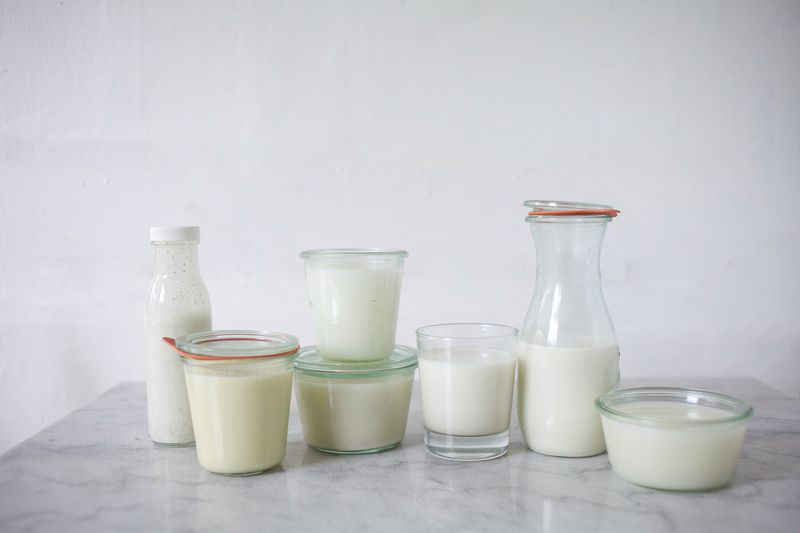
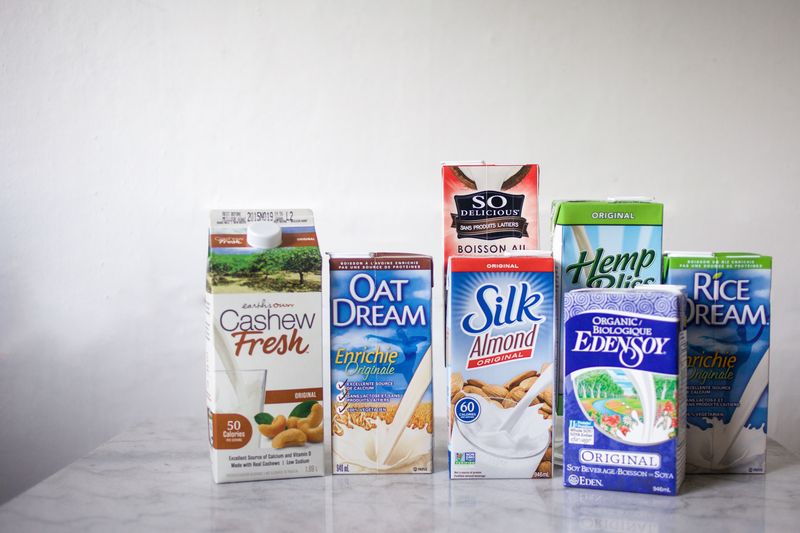

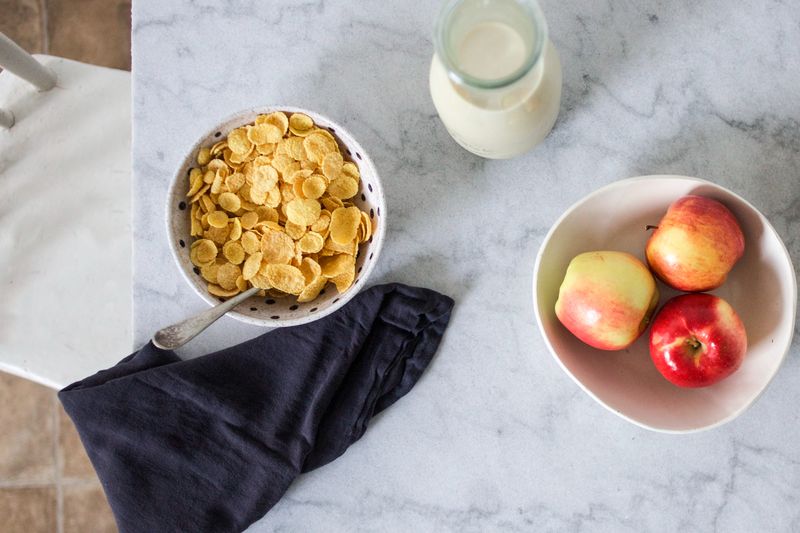

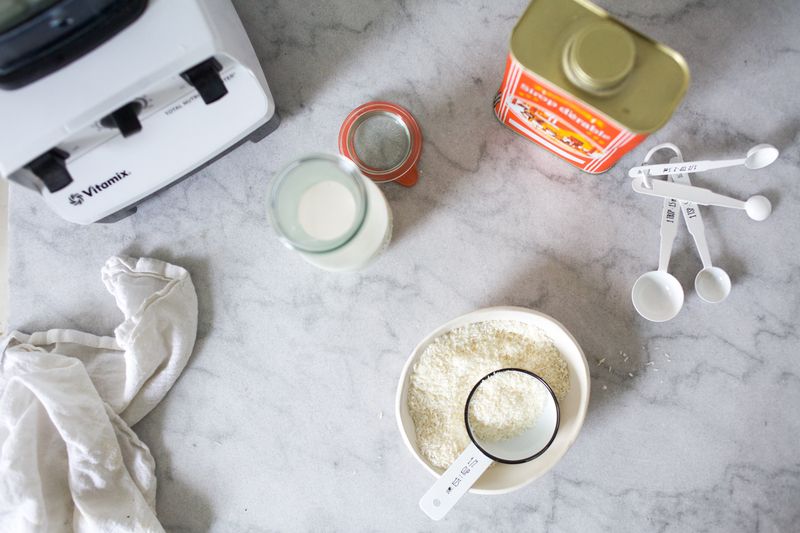

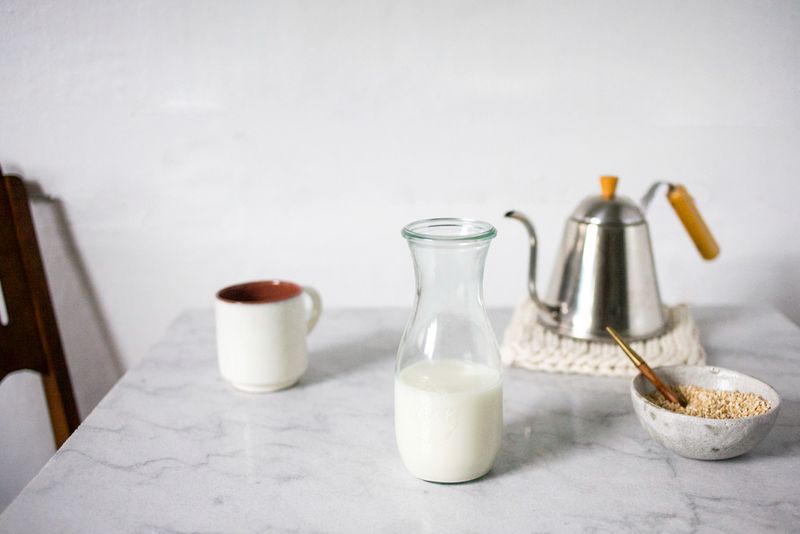
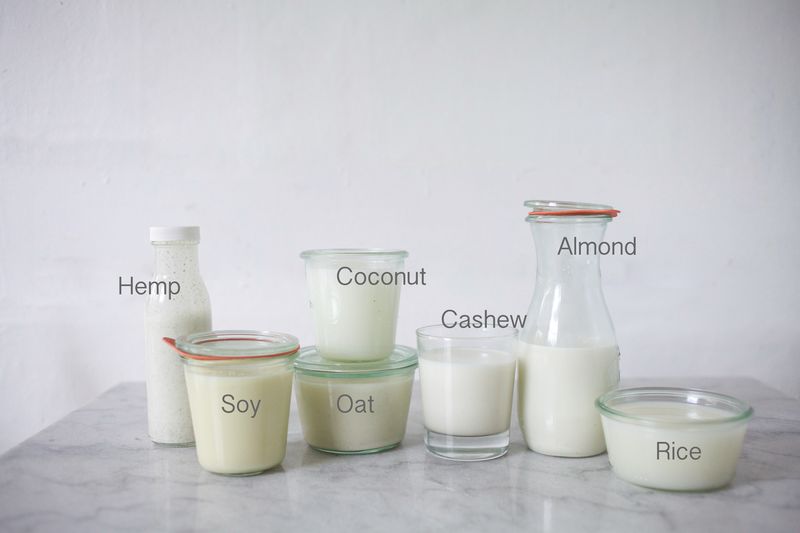

See what other Food52 readers are saying.